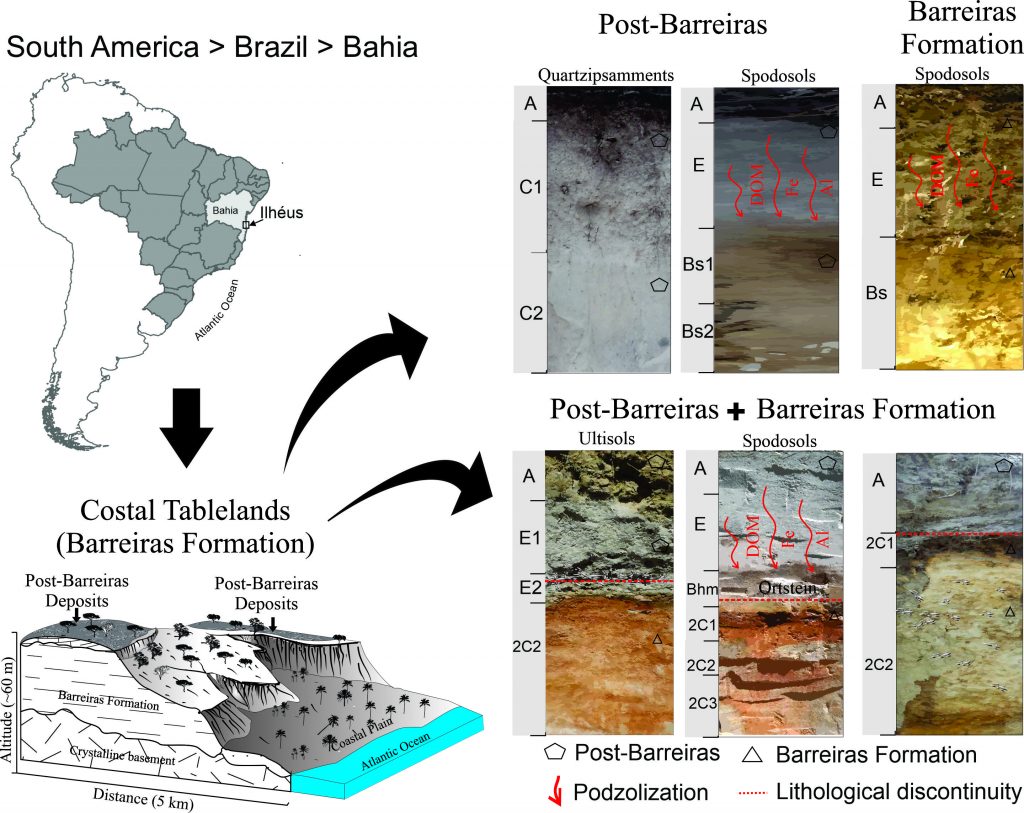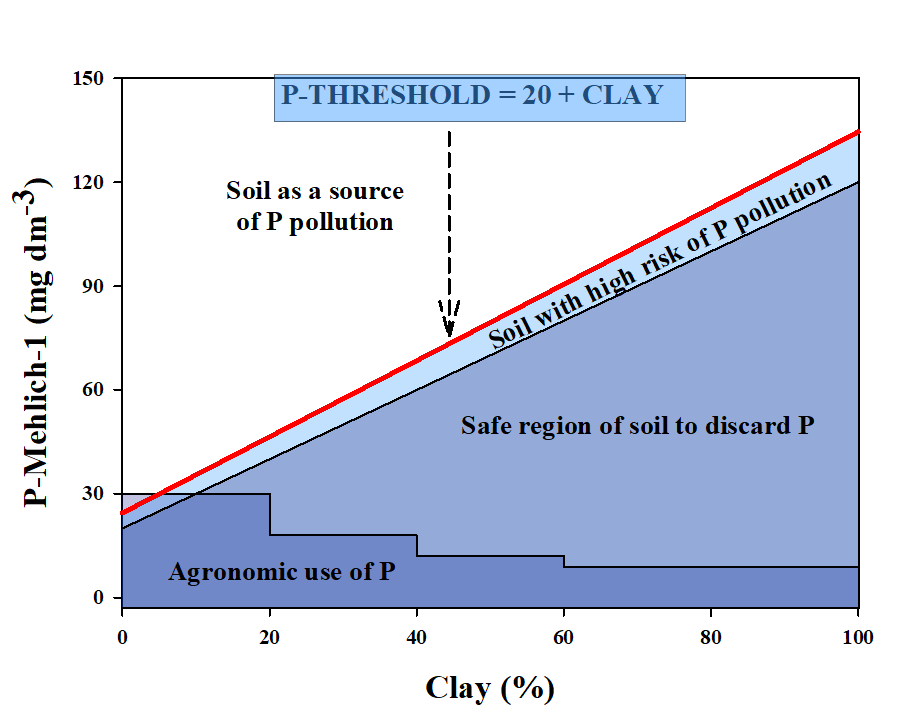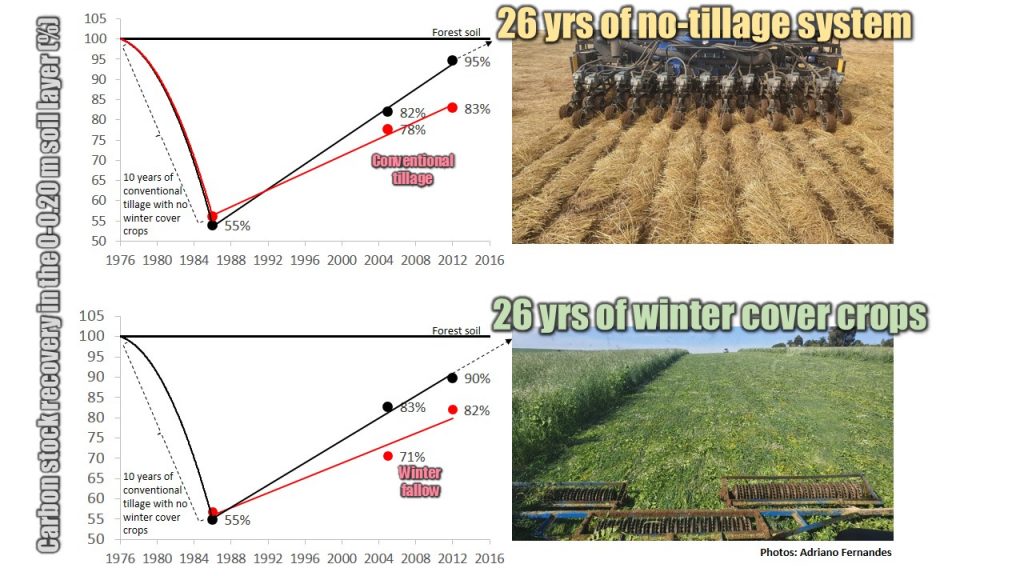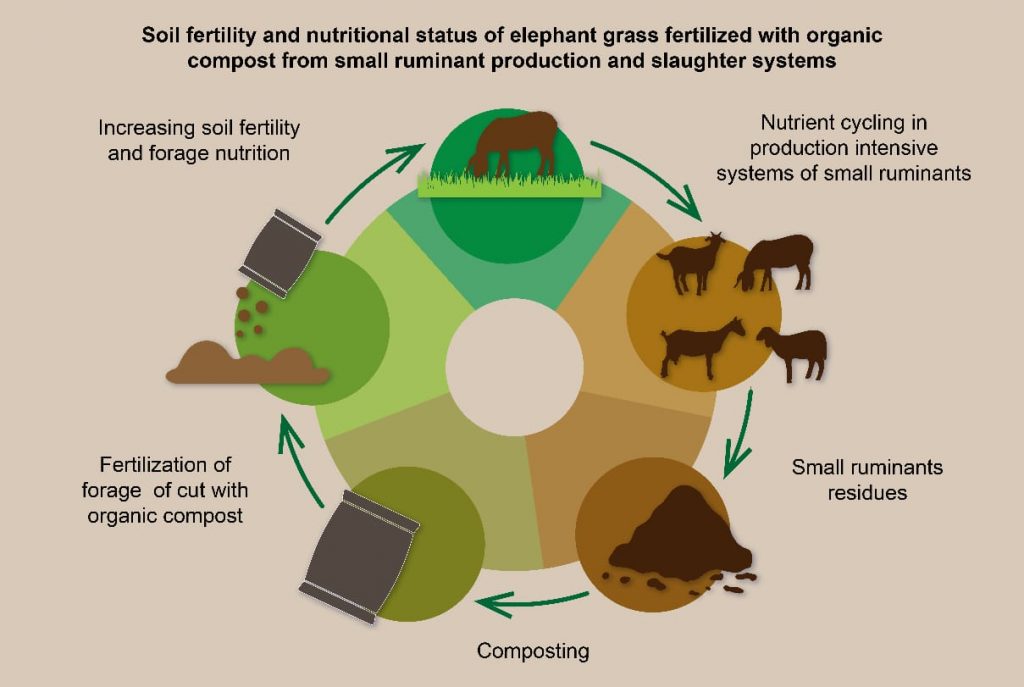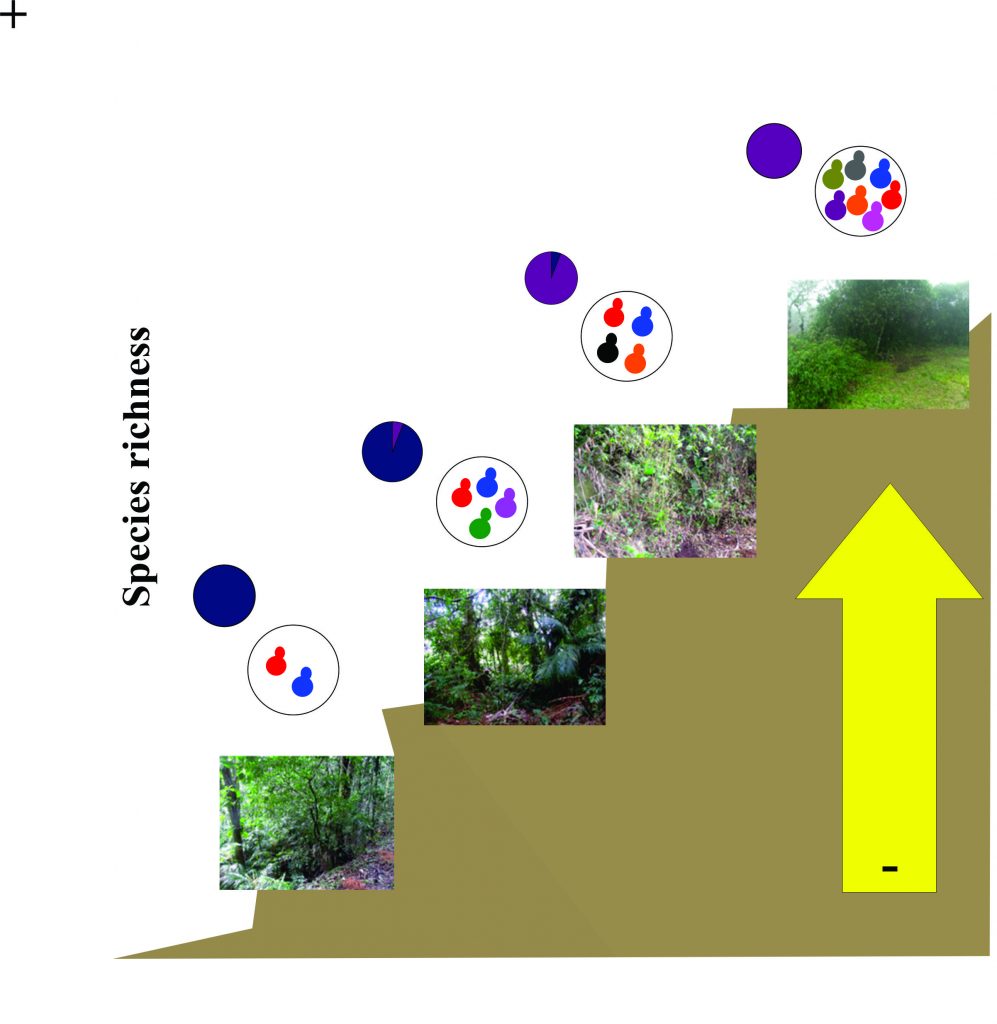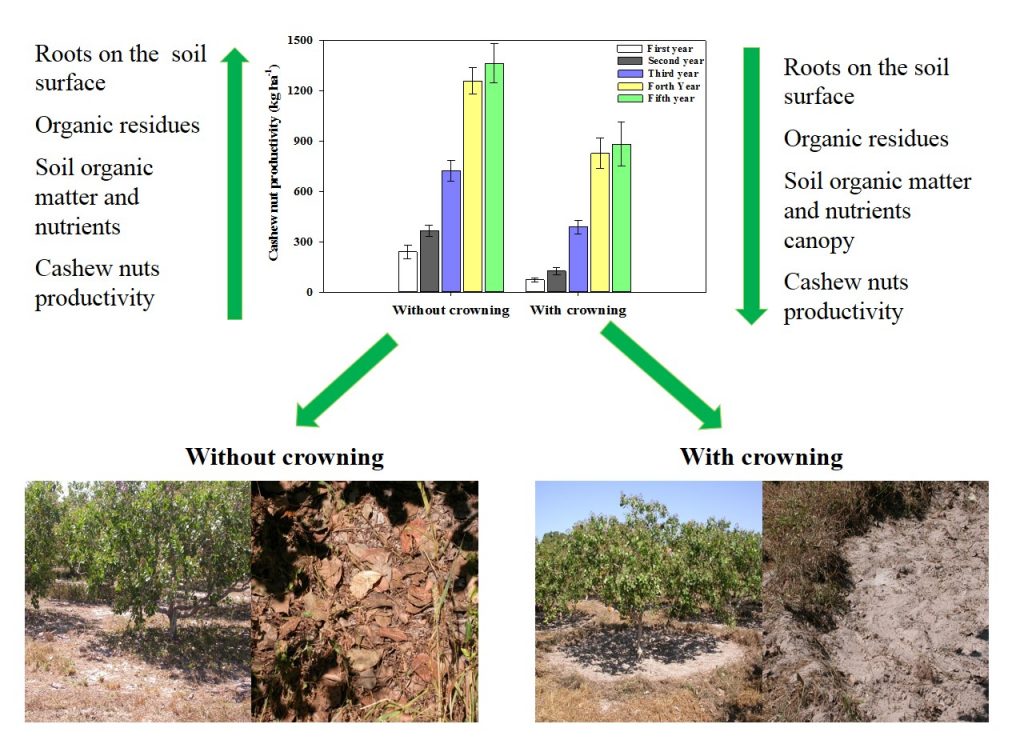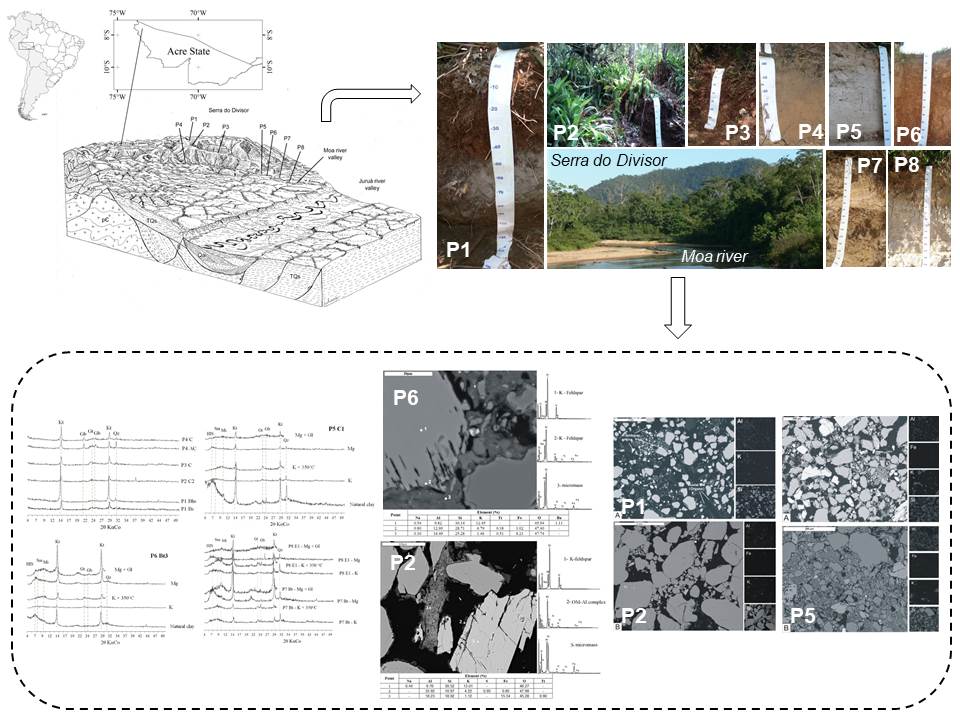Volume 44, 2020
Association of Post-Barreiras and Barreiras Formation strata and influence on soil genesis, Southern Bahia – Brazil
01/set/2020
ABSTRACT The term Post-Barreiras is a definition for sediments above the deposits of the Barreiras Formation, and the genesis of soils in these environments must be related to sedimentary deposition. Our objective was to apply multi-technique analyses to characterize the sediments and soils to understand pedogenesis in these environments. We analysed sedimentological parameters and the geochronology of sediments. Morphological, chemical, and mineralogical analyses allowed the characterization of the soil. Also, these data supported the analysis of lithological discontinuity. We considered […]
Establishing environmental soil phosphorus thresholds to decrease the risk of losses to water in soils from Rio Grande do Sul, Brazil
17/ago/2020
ABSTRACT The overloading of soil with manure or mineral fertilizers enhances phosphorus (P) availability, promoting its loss to water bodies and increasing the risk of eutrophication. In this sense, the establishment of an environmental P threshold is a simple and useful tool to classify soils regards its risk of P losses. Here we propose a P-threshold for soils from the state of Rio Grande do Sul (RS) in Brazil, with the soil clay content as the principal variable of the […]
Contribution of the chemical and mineralogical properties of sandy-loam tropical soils to the cation exchange capacity
18/ago/2020
ABSTRACT Soils originating from the Caiuá sandstone formation have low soil organic matter (SOM), clay content, and cation exchange capacity (CEC). The predominance of one component over the other might decisively influence the CEC of these soils. Particle size distribution and selective dissolution procedures associated to a suit of methods to determine the exchangeable capacity properties might clarify the relative importance of each soil component. The objective of this work was to evaluate the contribution of the different components of […]
Polyol-ester impact on boron foliar absorption and remobilization in cotton and coffee trees
08/out/2020
ABSTRACT Foliar fertilization can be recommended to treat boron (B) deficiency in coffee and cotton. Considering that B foliar fertilizers with polyol-boron complexes can affect B uptake and mobility differently within the plant, and coffee and cotton have different cuticles and stomata density, a differential response would be expected. We aimed to study the foliar application of boric acid combined with sorbitol on B uptake and translocation in cotton and coffee. Green-house grown plants received B as boric acid and […]
Effect of 26-years of soil tillage systems and winter cover crops on C and N stocks in a Southern Brazilian Oxisol
27/nov/2020
ABSTRACT Soil management and crop rotation are key factors in controlling the accumulation of C and N in the soil profile, but their long-term effect remains poorly understood for deep soil layers, especially in subtropical conditions. Using a long-term experiment (26-years), this study aimed to evaluate the effect of different soil management systems associated with different winter cover crops on C and N accumulation in a very clayey (72 % clay) soil up to 1 m deep. Two tillage systems […]
Calcination as an alternative method to classify Spodosols on the second categorical level
11/nov/2020
ABSTRACT The classification of Spodosols on the second categorical level (suborder), according to the Brazilian Soil Classification System (SiBCS), is done by observing the colors of genetic horizons in the field. The presence or absence of iron oxides is the main factor for this classification, and the color of the horizon is the criterion currently adopted. However, the simple observation of color in the field can be mistaken and cause an error in the definition of the second categorical level. […]
Soil fertility and nutritional status of elephant grass fertilized with organic compost from small ruminant production and slaughter systems
27/nov/2020
ABSTRACT The application of organic composts derived from animal husbandry or agro-industry is a promising option to improve nutrient cycling and supply of soils and, consequently, forage production. The objective of this study was to evaluate the soil chemical properties and the nutritional state of elephant grass in response to rates of organic fertilizer composted from the waste of small ruminant production and slaughter systems. The experiment was conducted on a Fluvisol of a forage field with elephant grass var. […]
Yeast species and strains differing along an altitudinal gradient in the Brazilian forest domain
06/nov/2020
ABSTRACT Soil microbiota is an important component of the forest biomes, playing important roles in the soil aggregation and cycling of nutrients. Among the soil microorganisms stand out the yeasts, which are unicellular fungi involved in important soil ecological processes. The Brazilian Atlantic Forest is one of the main biodiversity hotspots in the world, and the effect of altitudinal gradient on the distribution patterns of yeast species across this ecosystem has not yet been addressed. Thus, this study aimed to […]
Phytomass input and nutrient cycling under different management systems in dwarf cashew cultivation
27/nov/2020
ABSTRACT Rational management of spontaneous plants is an alternative for increasing productivity in tree crops. This study aimed to evaluate the impact of management systems between rows and under the canopy of early dwarf cashew trees on the soil chemical properties and light-fraction organic matter and cashew root systems; we also evaluated the nutrient inputs from the spontaneous plants phytomass and cashew leaves deposited on an Arenic Kandiustults. The management systems under study were disc harrowing (DH) and mechanical mowing […]
Genesis and micropedology of soils at Serra do Divisor and Moa river floodplain, northwestern Acre, Brazilian Amazonia
28/ago/2020
ABSTRACT The northwestern part of the Acre State (Brazil) possesses singular soils in Brazilian Amazonia, but have been very little studied. This study aimed to discuss the genesis and some micropedological aspects of the soils from Serra do Divisor and adjacent floodplain soils of the Moa river, to enhance the knowledge on their formation. A toposequence of soils ranging from the uppermost part of sub-Andean Serra do Divisor to the Alluvial soils of Moa river floodplain was studied, regarding chemical, […]

